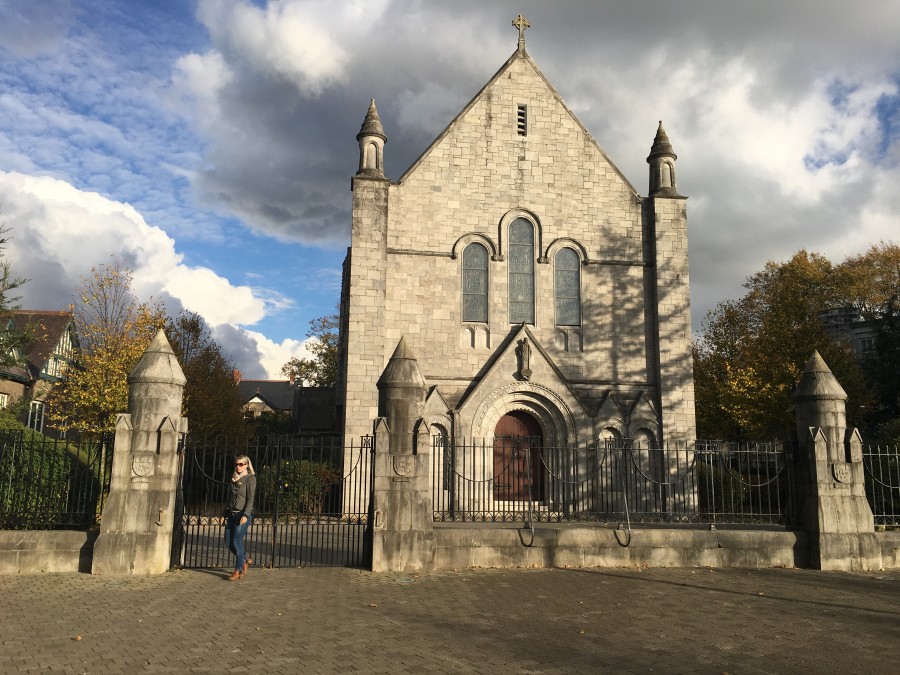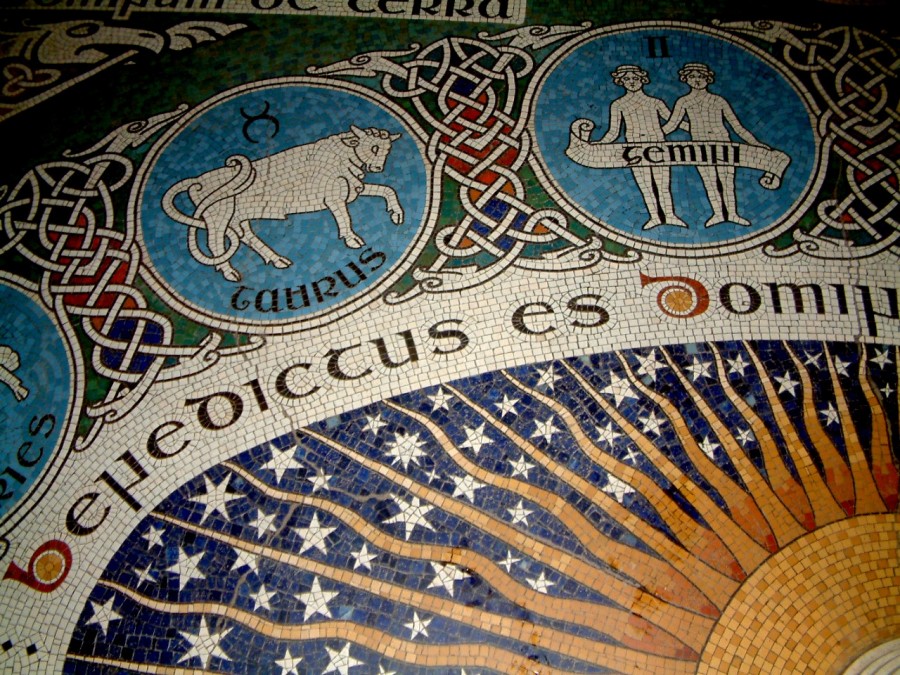Thanks Lord Mayor.
I would like to thank the CE and John Hallihan for their work on this draft document and the Chair of the Finance Functional Committee, Sean Martin for agreeing to long discursive evenings around savings, cuts and compromises.
One would like to think we we’re at the bottom of barrel of large scale cuts –I feel we are – however this base is very different to previous years where there were easier choices of cuts – now the landscape at the base is scraping the barrel looking for anything else we can use to balance our books.
It is quite clear that local Government not taken seriously enough by central government– the daily local government email updates offer an interesting lens at the moment to see other Councils across the country desperately trying to make ends meet on budget night.
The Putting People First project has equalled cutting people first.
It is becoming more and more clear LPT for cities such as Cork are not enough to fund Councils and their work – even if you put it up by 15 per cent. It’s not enough.
Our revenue reserves are scarily exhausted, our patience is exhausted and we are physically and mentally exhausted and frustrated.
For next year we can add another piece of Roads to the central government agenda– the maintenance programme as being dictated upon – piece by piece, the discretion decisions of cllrs has been eroded.
Is anyone fighting the case for local government in Dail Eireann? nope not really
And one could go on and on with reality and negativity and one could be right.
Positivity:
I am reminded as well we also need to be positive on what services we do provide.
On the positive side though reading the draft budget book, the dearth of services we provide to communities in Cork is vast.
Continued emphasis on the turn around of vacant social housing units and their return to stock is very welcome. We continue to collaborate with agencies to resolve our homelessness problems.
We continue to provide support to those aspects of building community capacity through community grants – we collaborate with agencies on community policing plans, public participation networks, Age friendly programmes, the local economic and community development plan – it is a council for all.
We do festivals well – we have seen the recent buzz this year around 1916 events, Jazz festival, and the switch-on of the Christmas lights.
We have struck very good partnerships in creating local enterprise partnerships, arts and heritage programmes, promoting science and technology; we are fully engaged in Lifelong Learning, encouraging formal and informal education. We invest 1m euros in visitors centre, events and community and arts grants.
And indeed one could say all we do well of what I have listed doesn’t really stay on the agenda as regular points – they only all appear together in draft budget books like this evening – it’s kinda like everything we do is diluted down to just housing and roads – and that is something we need to avoid – the Council is more than just two directorates.
From looking at some of the conclusions in the draft book – there are number of points sticking out – need for continued collaboration need with CBA and Cork Chamber going forward – the need to market even more business and enterprise in the city – would love to see the South Mall as a start-up incubation street. We need to promote parking in the city more – and build an alternative marketing plan to the shopping centres.
We need to build upon our tourism offering and festivals – scale two or three of them up to international standards – 30 odd festivals, which celebrate the city’s urbanity and cultural thinking
Tonight has also historical resonances or a sense of Déjà vu as well – this week one hundred years ago – city cllrs spoke at length about poverty in their Council meeting about poverty in the city and declining industry – but Trafford Engineering Co of Manchester – came to discuss their proposals for a tractor factory in what is our North Docklands and a worker’s village upon the city park racecourse to employ 2,000 adult males with a wage bill of £200,000. The cllrs of course heralded this proposal and led to its tweaking – the factory to be upon the Marina – worker’s housing never came to pass.
Cllrs heaped praise on the project – the value of it to communities, local economic development, business communities, social policy, enterprise, poverty reduction – but they couldn’t have foreseen the vast opportunities and scalability within all those concepts, all of which Fords wove together to re-imagine an ancient port city.
Fast forward to today I do think the value element and the interweaving of different elements is one we need to champion more as Ireland’s second city.
Thank you.

Kieran’s Our City, Our Town Article,
Cork Independent, 17 November 2016
Remembering 1916: An Ornament to Cork
The opening event of the Honan Chapel on 5 November 1916 was marked with great speeches and insights into the work involved in its construction from the funders to the craftsmen. There are so many beautiful features of the Honan Chapel and UCC over the years have published articles, online resources and a book edited by Virginia Teehan and Elizabeth Wincott Heckett, and held conferences on the beautiful building. Indeed, the next conference is on this Saturday 19 November in UCC (details at end of column).
The Honan Chapel is a national icon of Irish craftsmanship, some features of which I relate below and all warrant articles and multiple column inches in years to come. The erection of the chapel was entrusted to the well-known building firm of Messrs John Sisk and Son. The work was carried out under the superintendence of Mr Peter O’Flynn as Clerk of Works. John Sisk set up his construction business in 1859 and by the early twentieth century had an impressive record of work around the province of Munster, building schools, hotels, banks and 30 churches.
An open letter on 30 May 1916 in the Cork Examiner by the members of the Cork branch of Stonecutters’ Union of Ireland, recorded their appreciation to Sir John O’Connell for providing much needed employment to their members for close on two years and a much-needed stimulus to the stone cutting industry. They noted their pride in the distinctive national style of architecture and its construction in Cork limestone and marble, which meant the circulation of such a large sum of money in Cork at a time of difficult economic conditions.
Cork Examiner reviews of the building on the 6 November point to the beauty of the interior and that it may strike the visitor as very simple but to execute the ornamentation “required painstaking care and skill and possession of the artistic faculty as well”. The carving was carried out by workmen under Henry Emery, an architectural sculptor and decorator. Liverpool born Henry Emery was active across the country from the 1870s until the 1930s and had his practice in Dublin. He was apprenticed initially to the stone and marble works of Alfred P Sharp of 17 Great Brunswick Street, Dublin. Sharp was also a builder. Circa 1877 Henry Emery was placed in charge of the stone and wood-carving side of the business. He was taken into partnership by Sharp in the late 1890s.
The Honan Chapel interior adopted the most decorative features in Cormac’s famous Chapel at Cashel in the arcading. Hence the walls were painted in a simple white with grey tints by artificial colouring. In each of the capitals of the pillars nearest to each stained glass window, on which a coat of arms of one of the diocese of Munster is displayed, part of the same coat of arms is carved. The most effective use of the arcading was to use it as a framework to a beautiful series of Stations of the Cross made of the inlaid art technique opus sectile. The altar was built of the same white limestone of which the rest of the fabric was built. The tabernacle was also of limestone modelled in the form of an early Celtic reliquary. The door bears a beautiful enamel by Mr Oswald Reeves.
The series of stained glass windows of the Munster Saints from the eminent studios of Harry Clarke and Sarah Purser begin on the north wall of the nave near the chancel with the window in honour of the Patron Saint of the Diocese – St Finbarr. Then it runs to St Albert, the Patron Saint of Cashel, St Declan of Ardmore, St Ailbe of Emly, St Fachtna of Ross and St Munchin of Limerick. The first window on the south side is devoted to St Ita of Killeedy, St Colman of Cloyne, St Brendan the Navigator, St Gobnait of Ballyvourney, St Carthage of Lismore and St Flannan of Killaloe. The east window over the Altar shows the Redeemer, while the three lights over the west entrance bear the three great Irish saints, Patrick, Brigid and Columcille.
The altar-plate, the vestments, altar coverings, everything down to the seating accommodation is not only Irish in design, but Irish in workmanship. As far as possible local craftsmanship were employed. The vestments for use in the chapel was made at Messrs William Egan and Son’s factory in Cork. The same firm made the chalice and ciborium, both exceptionally fine specimens of silver and gilt. As an interesting aside, on 21 January 1916 Mr Barry M Egan principal of the firm of William Egan and Sons passed away at his residence, Carrig House, Tivoli. Born in Cork seventy-three years previously, Mr Egan came from a family that for generations had been connected with the trade and art of working with metals. At the early age of 12 years he entered upon his apprenticeship as a watchmaker, jeweller, and silversmith in his father’s workshop. From his earliest years his ambition was to revive the manufacture of silver plate for which Cork was so noted in the eighteenth century.
Honan Chapel Symposium, Saturday 19 November, Aula Maxima, UCC, 9.15am-6pm, programme and registration at niamh.mundow@ucc.ie
Cork 1916, A Year Examined by Kieran McCarthy & Suzanne Kirwan is now available in Cork bookshops.
Captions:
870a. Honan Chapel, UCC, present day (picture: Kieran McCarthy)
870b. Section of mosaic of floor of chapel, entitled the River of Life (picture: Kieran McCarthy)


